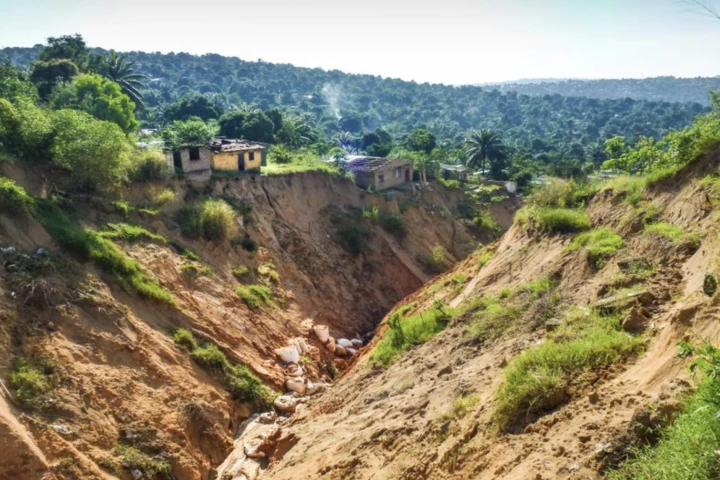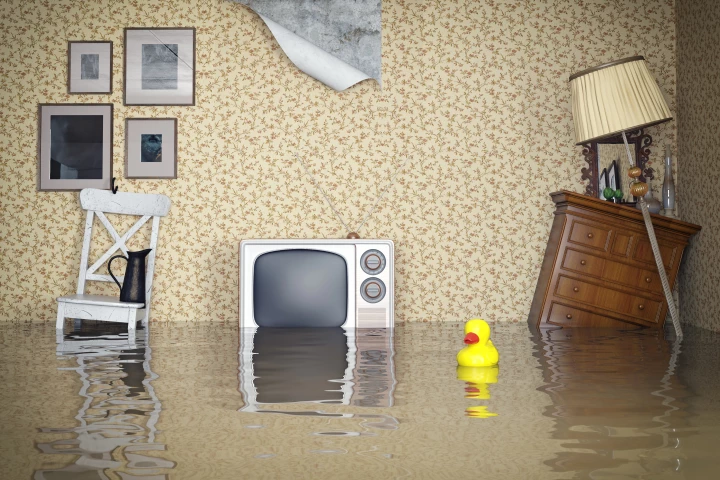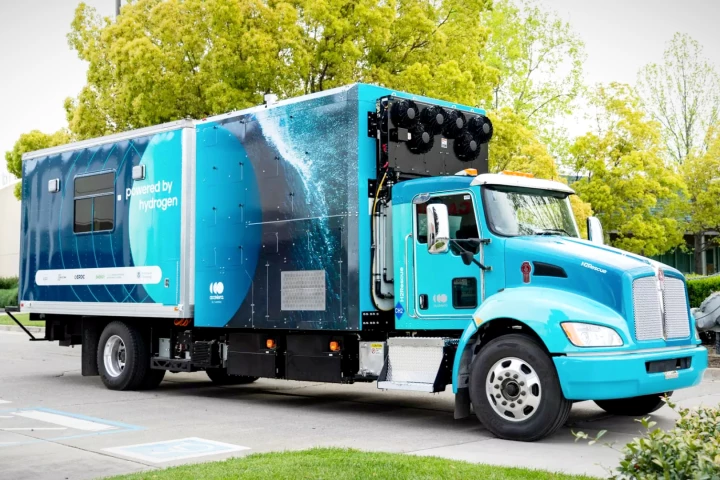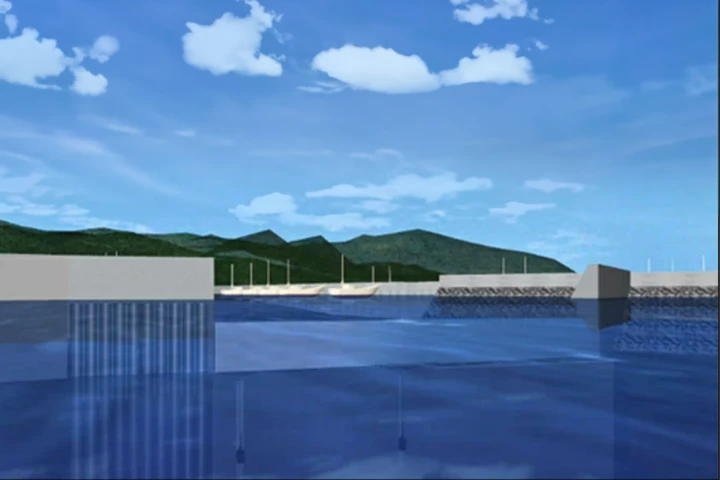Disasters
-
Inside the Exclusion Zone surrounding the Chornobyl nuclear plant, thousands of animals now roam freely. Among them are the stray dogs – around 900 descendants of the pets left behind, living in the shadow of the world’s worst nuclear disaster.
-
Nearly 3,000 growing chasms have opened up in dozens of towns, swallowing up roads and houses in their path. Known as urban gullies, these destructive forces of nature are increasing rapidly and now threaten to displace more than 3.2 million people.
-
The North Atlantic has a new title as the global hotspot for hurricane clusters, with the likelihood of multi-storm events forming here increasing tenfold in 46 years. It's the first clear picture of how Earth's warming has shifted cluster patterns.
-
Back in 2020, Google kicked off a project to crowdsource signals from Android phones that an earthquake might be imminent. This global earthquake detection grid worked rather well, and delivered millions of alerts ahead of a shake.
-
Researchers at Australia's RMIT University have devised a simple and clever contraption that could make drinking water available in disaster-stricken areas, by pulling it out of thin air.
-
The world's largest study into the long-term health impact of floods has found that there are surges in hospitalizations for months after an event – and current responses are inadequate when it comes to treating cancer, diabetes, mental health and more.
-
Excavations found that the brain of what seems to be a human male contained dark glass formed during the eruption of Mount Vesuvius in 79 CE. The effect can't be explained by lava temperatures alone, but rather a different event from the cataclysm.
-
Hydrogen-fueled trucks can keep thousands of tons of carbon out of the air every year. A prototype rescue truck from the US Department of Energy shows just how viable the clean-burning haulers are becoming – by bagging a new world record.
-
When disaster strikes, drones and robots can be sent into danger zones to scout for survivors. The RoBoa from a student team at ETH Zurich is designed to snake its way through debris that would stop other solutions in their tracks.
-
This mobile manufacturing machine turns rubble from destroyed buildings into bricks – bricks which can be stacked and joined together Lego-style to form mortarless structures. Years in the making, the first mobile brick factory is headed to Ukraine.
-
Self-deploying sea barriers offer coastal towns some protection from the destructive forces of tsunamis – but one problem can arise when power goes out in a disaster scenario. Hence this Japanese proposal for a wall that generates its own power.
-
The search for survivors at disaster sites is one of the most commonly suggested uses for drones. If those people are buried under debris, however, they won't be visible. That's where LUCY comes in, as it could let drones locate survivors by sound.
Load More











